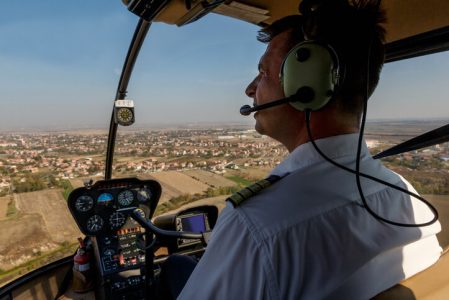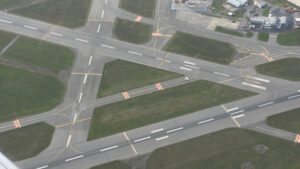Ideal Safety Management Systems meet the needs of the company
Helicopter safety has been a topic since helicopters were invented. Probably the most visible safety issues have been with air ambulance operators because of their relatively risky missions in and out of unapproved landing sites during all hours of the day and night. At long last, we are making some progress with helicopter safety; the addition of Safety Management Systems (SMS) Aviation programs, combined with the intelligent application of new technologies, is expected to dramatically impact helicopter safety.
SMS programs are not what they used to be, and thank goodness. It was cumbersome and ridiculously detailed when I added an SMS program to our air ambulance flight department. It cost a fortune to have someone do it for us because it was, well, complicated and ridiculously detailed.
SMS was the topic of the day for a panel of experts at a recent Helicopter Association International (HAI) webinar. Representatives from Air Methods and Sikorsky Helicopters were on the panel and discussed the benefits of implementing SMS voluntarily before the FAA mandates it sometime next year. They said the key to SMS acceptance throughout an organization was to keep it simple. I couldn’t agree more.
Chris Lowenstein with Sikorsky also stressed the importance of using the FAA’s four pillars of safety while developing a safety program:
- policy
- risk management
- assurance
- promotion
Additionally, make sure that the data management system fits the size of the company. For example, my company is a small mom-and-pop air ambulance company with three helicopters, while Air Methods has over 400! Make the program fit the company, or your people will not be able to keep up, and then what’s the use of having it in the first place?
The good news is that most operators are already doing a good portion of what is required by SMS, so it’s not that difficult to implement if you already have a safety-conscious organization. In addition, many companies have several of the reporting mechanisms in place, which will make the transition easier, although they may need to change some of their policies.
Jennifer Peasely, SMS manager for Air Methods, said that the SMS program might not change the accident or incident data right away, but positive safety trends are much more likely in the near term. It is much easier to recognize safety issues that keep coming up in the reporting data, making it easier to address and mitigate the problem.
There are also some positive safety advances because of increased automation levels in helicopters, but only if pilots train with it and use it regularly. Even when flying in beautiful weather, pilots should be using their autopilots and flying approaches to stay proficient for those bad weather days. Instrument flying is a skill that must be nurtured and practiced, even for experienced crew members. The day you need to be at the top of your game is when you need to be as proficient as possible.
That means practice, practice, practice. And I mean practice with the automation. When things go south, pilots tend to revert to the type of flying they are most familiar with. For helicopter pilots, that is usually hand flying. Unfortunately, when things are going badly, the automation should be taking over so the pilot can work the emergency. It just takes practice.
There is no question that increasing the use of autonomous systems and artificial intelligence would lessen pilot workload and increase safety. Add the implementation of SMS Aviation programs to these organizations and we will be on our way to the best helicopter safety record yet.
RELATED READING
RELATED CTS TRAINING










